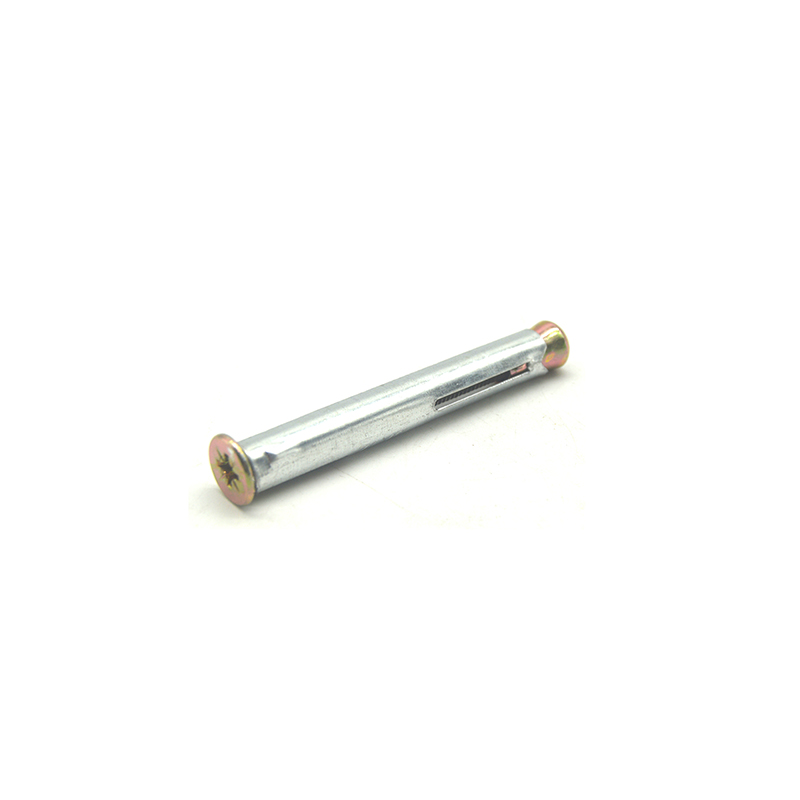- Chinese
- French
- German
- Portuguese
- Spanish
- Russian
- Japanese
- Korean
- Arabic
- Irish
- Greek
- Turkish
- Italian
- Danish
- Romanian
- Indonesian
- Czech
- Afrikaans
- Swedish
- Polish
- Basque
- Catalan
- Esperanto
- Hindi
- Lao
- Albanian
- Amharic
- Armenian
- Azerbaijani
- Belarusian
- Bengali
- Bosnian
- Bulgarian
- Cebuano
- Chichewa
- Corsican
- Croatian
- Dutch
- Estonian
- Filipino
- Finnish
- Frisian
- Galician
- Georgian
- Gujarati
- Haitian
- Hausa
- Hawaiian
- Hebrew
- Hmong
- Hungarian
- Icelandic
- Igbo
- Javanese
- Kannada
- Kazakh
- Khmer
- Kurdish
- Kyrgyz
- Latin
- Latvian
- Lithuanian
- Luxembou..
- Macedonian
- Malagasy
- Malay
- Malayalam
- Maltese
- Maori
- Marathi
- Mongolian
- Burmese
- Nepali
- Norwegian
- Pashto
- Persian
- Punjabi
- Serbian
- Sesotho
- Sinhala
- Slovak
- Slovenian
- Somali
- Samoan
- Scots Gaelic
- Shona
- Sindhi
- Sundanese
- Swahili
- Tajik
- Tamil
- Telugu
- Thai
- Ukrainian
- Urdu
- Uzbek
- Vietnamese
- Welsh
- Xhosa
- Yiddish
- Yoruba
- Zulu
- Kinyarwanda
- Tatar
- Oriya
- Turkmen
- Uyghur

Drywall screw
The Intricacies of Drywall Screws: A Professional Perspective
If you've ever embarked on a renovation project, chances are you've tangled with drywall screws. They seem straightforward, but delve a bit deeper, and the nuances become apparent. Understanding these details can make a world of difference in your installation quality and efficiency.
Anatomy of a Drywall Screw
Drywall screws are unique in their design. The bugle-shaped head and sharp threading are geared towards securing drywall to wood or metal studs. But here's the catch: not all drywall screws are created equal. The length and gauge can determine not just compatibility, but also structural integrity.
For instance, a screw that’s too long might pierce through and damage wiring within the walls. A mistake I made during my first major project. Lesson learned—know your wall composition, not just the surface.
Also, the thread type matters. Coarse threads are for wood, while fine threads suit metal. Using the wrong one might not initially show issues, but structural weaknesses or cracks can develop over time.
Choosing the Right Screw for Your Project
Handan Shengtong Fastener Manufacturing Co., Ltd. has been a resource in my projects. Their website, shengtongfastener.com, highlights the variety available. From zinc-coated screws to those with phosphate finishes, each has its place based on environment and material compatibility.
There's always the temptation to use whatever's available, but investing in the correct screw can spare you from headaches later. I once used non-treated screws in a high-humidity area; within months, rust had compromised their hold.
Phosphate is great for interiors, resisting rust, while exterior projects often demand zinc for their anti-corrosive properties. It's all about context.
Common Mistakes and How to Avoid Them
Improper driving is a frequent error. Drive it too deep, and you tear the paper surface, weakening the hold. Keep it flush, and you preserve both aesthetics and strength. It sounds simple, but in practice, it can be a matter of touch.
Inexperienced hands often either over-tighten or leave the screw exposed, both detrimental to the wall's longevity. Practicing on scrap pieces can improve this skill greatly.
Another oversight: using too few screws. It’s tempting to save on materials, but spacing screws too widely can lead to warping and cracking as the drywall settles.
Tools that Make the Difference
A drywall screw gun can substantially streamline your project. Sure, a power drill can do the job, but the depth control a screw gun offers is unmatched. It’s these little adjustments that pro-level work requires.
Adjustable torque settings prevent over-driving while ensuring the screws are secure. I invested in one after several rounds of redoing misaligned boards—it was a game-changer.
Also, consider magnetic tips for your bits. They save time and reduce frustration—especially when working on ceilings or tight spots.
Why Supplier Quality Matters
The source of your drywall screws can’t be overlooked. Handan Shengtong Fastener Manufacturing Co.’s reputation in the industry, established since 2018, speaks to their quality control and range of options.
The consistency in their craftsmanship means fewer surprises in your projects. There’s reassurance in knowing each screw will meet the necessary specifications. A subpar screw can undo hours of careful work.
Understanding the breadth of choices they offer allows you to select products tailored to specific needs, enhancing both work efficiency and end results.
Conclusion: Reflecting on Experience
Engaging with drywall screws is more than a manual task; it's about understanding their role in the larger picture. Mistakes teach us, and sometimes it's those little lessons—like ensuring the right screw for the job—that resonate most deeply.
Experience speaks volumes, and with companies like Handan Shengtong Fastener Manufacturing Co., Ltd., supplying reliable materials, the path to mastering drywall installation becomes a rewarding journey.
Related products
Related products
Best selling products
Best selling products-
 Black stud Bolt
Black stud Bolt -
 Color bugle head self-tapping
Color bugle head self-tapping -
 White bugle head self-tapping
White bugle head self-tapping -
 White expansion bolts with holes
White expansion bolts with holes -
 High-strength hexagonal head nut
High-strength hexagonal head nut -
 Hexagonal wood screw
Hexagonal wood screw -
 Truss head self-drilling
Truss head self-drilling -
 Color expansion bolts with holes
Color expansion bolts with holes -
 Hexagon Floor Anchor Bolt
Hexagon Floor Anchor Bolt -
 Pan head self-tapping
Pan head self-tapping -
 Grey pipe plastic expansion
Grey pipe plastic expansion -
 Drywall screw
Drywall screw










